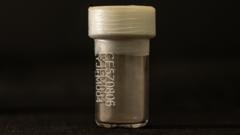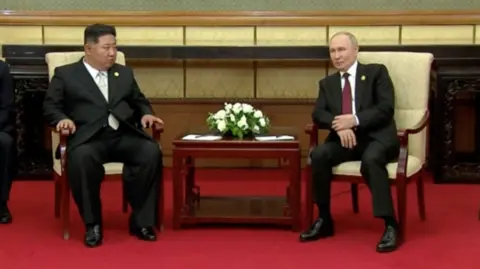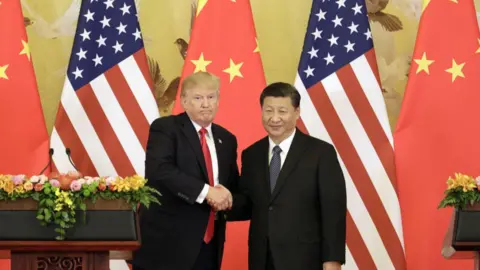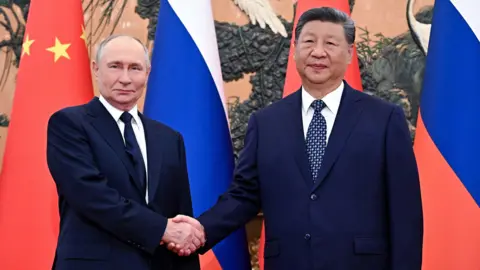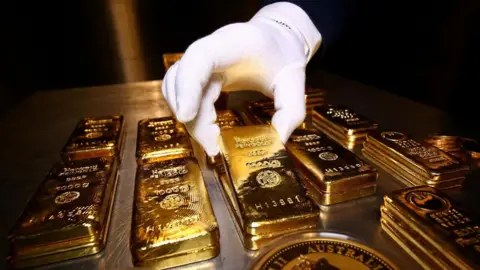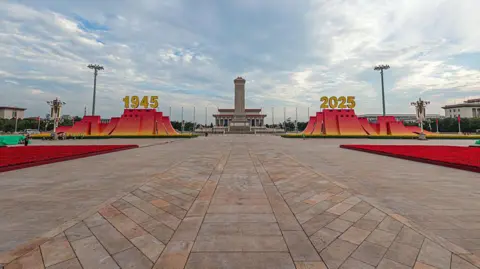The first lunar dust samples returned to Earth in almost half a century have landed in the UK, provided on loan from China. Housed securely in a high-tech facility in Milton Keynes, the tiny, yet invaluable grains of Moon dust are under the care of Professor Mahesh Anand, the sole British scientist entrusted with these rare materials. He regards them as “more precious than gold dust” and welcomes the honor of being among the first in the world to study them.
Professor Anand, who personally traveled to China to retrieve the samples, plans to delve into fundamental questions regarding the Moon's formation and its early interactions with Earth. The samples, collected during China's Chang'e 5 mission in 2020, could provide critical evidence supporting the theory that the Moon originated from debris resulting from a colossal impact between Earth and a Mars-sized planet approximately 4.5 billion years ago.
During the mission, which saw China emerge as a frontrunner in the new space race, a robotic arm successfully drilled into the Moon’s surface at Mons Rümker, collecting around 2kg of materials that were subsequently returned to Earth in a capsule, marking the first successful lunar samples since the Soviet missions of the 1970s. For the first time, China has shared these lunar samples with international scientists, a powerful act of global scientific cooperation among researchers from various countries.
Upon his return to the UK, Professor Anand carried the samples in his hand luggage with the utmost care, ensuring their preservation in a contamination-free environment. The high-security lab at the Open University includes protocols for shoe cleaning and the use of protective gear, emphasizing the need to maintain the integrity of the samples. The lunar dust, housed in small vials, appears inconspicuous, but holds enormous potential for scientific discovery.
Working alongside Anand is technician Kay Knight, who will be the first to analyze the samples. Having spent 36 years working with terrestrial rocks, Knight expressed excitement mixed with anxiety about the responsibility of handling such precious material. After preparation, the samples will encounter advanced machinery designed to extract critical elements essential for lunar geochemistry studies.
Technicians like Sasha Verchovsky and James Malley will utilize specialized equipment to study the dust's composition and characteristics. With a year allotted for thorough investigation, the research team acknowledges the sacrifice involved, as the methods employed will ultimately consume the precious samples.
Building on these groundbreaking studies, China plans to launch its Chang'e 6 mission in 2024 to collect samples from the Moon's far side, a region that may reveal ancient volcanic activity. Professor Anand expresses hope that this initiative heralds a new era of enduring collaboration between China and scientists worldwide, continuing the long-standing tradition of international sharing in space exploration.

